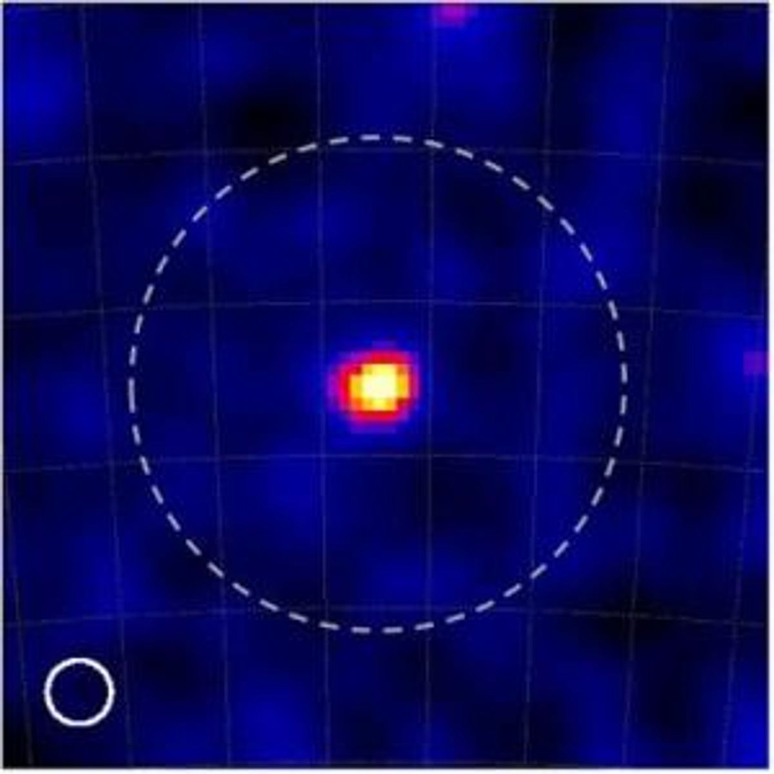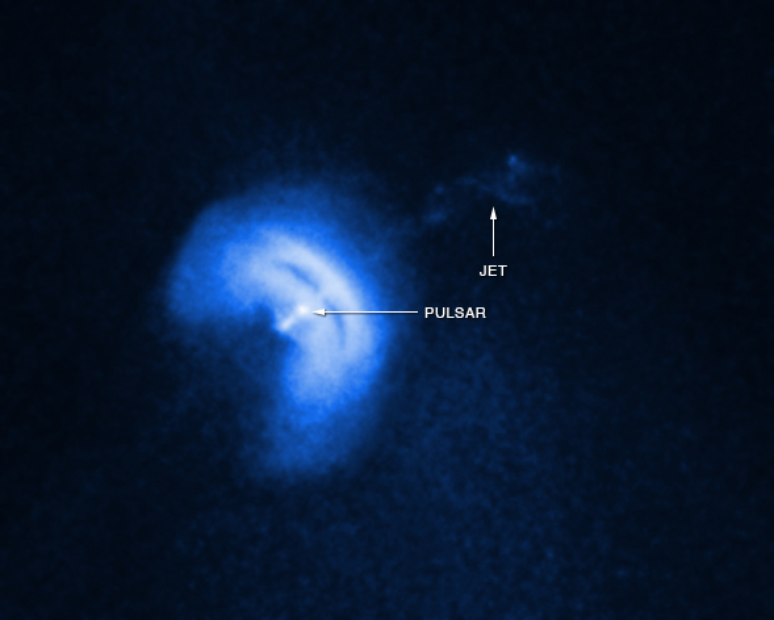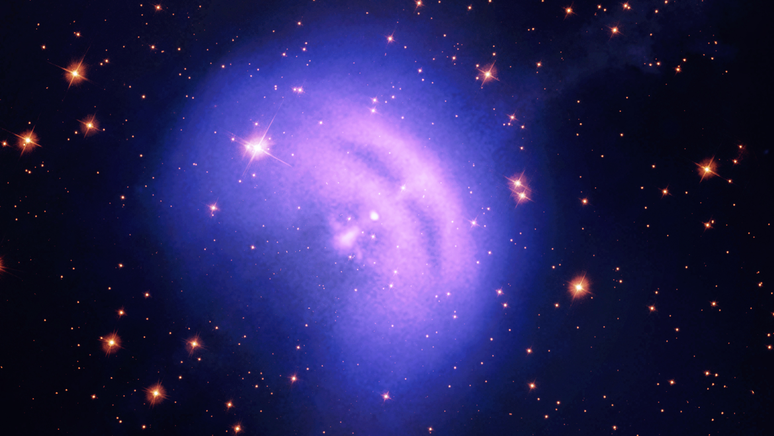The researchers recorded Pulsar Vela using an unusual combination: they worked with a balloon and photographic film stacked like pancakes
A pulsar has just been recorded with unprecedented resolution. With the help of radiation-sensitive films and a balloon, researchers led by Shigeki Aoki, from Kobe University in Japan, recorded the Vela Pulsar and its gamma-ray emissions in detail during an experiment in 2018, and have published the results obtained.
Formed by a neutron star that collapsed on itself, the Vela Pulsar is about a thousand light years from Earth and measures almost 20 km in diameter. It completes 11 rotations per second, and as it spins, it releases jets of particles at 70% the speed of light.
This object is a powerful source of gamma rays and has now been recorded with a resolution 40 times greater than that of the previous image.

To do this, the researchers worked with one of the most traditional sensing materials radiation: photographic films. “Our group focused on the excellent ability of the emulsion film to reconstruct gamma rays with high precision,” Shigeki said.
The high sensitivity of the films, combined with a new way of extracting data from them, inspired the researchers to test the following method: they stacked the films as if they were several pancakes on a plate, to try to record the trajectory of the film gamma ray particles in high precision when the impact occurred. Then, they installed the battery in a science balloon.
Flying at an altitude of up to 40 km, the balloon would reduce atmospheric interference in observations. How the wind makes the ball sway and affects the stability of the ball’s direction telescopethe researchers used a camera to monitor the movement of the system.
To ensure the accuracy of the measurements between the movements recorded by the camera and the recordings in the film stack, the researchers adjusted the speed of movement of the bottom part of the film.

The method provided recordings with an accuracy of 1/10,000 millimeters. “By adding temporal information and combining it with attitude tracking information, we were able to determine ‘when’ and ‘where’ events originated with such precision that the resulting resolution was more than 40 times greater than that of conventional ranging of beam telescopes,” the author explained.
Although the technique is still in development, it could help researchers observe gamma rays in new ways. “With scientific experiments on balloons, we can try to contribute to various fields of astrophysics, and in particular open up the gamma-ray telescope to ‘multiple message astronomy’, where simultaneous measurements of the same event are captured with different techniques,” Aoki added.
The article with the results of the experiment was published in the journal The astrophysics diary.
Source: The astrophysics diary; Through: Kobe University
Trends on Canaltech:
- The asteroid approaches and becomes closer to the Earth than the Moon on Saturday (27)
- The update suggests that Microsoft has started testing Windows 12
- Could earthquakes on the Moon disrupt NASA’s colony plans?
- Batman | Headquarters finally explains how the hero appears out of nowhere and disappears
- Samsung reveals Galaxy Fit 3 on the official page ahead of the announcement
- Windows 3.11 is still used in German railway operations
Source: Terra
Rose James is a Gossipify movie and series reviewer known for her in-depth analysis and unique perspective on the latest releases. With a background in film studies, she provides engaging and informative reviews, and keeps readers up to date with industry trends and emerging talents.


![Tomorrow belongs to us: What awaits you on October 14, 2025, Tuesday, October 14 [SPOILERS] Tomorrow belongs to us: What awaits you on October 14, 2025, Tuesday, October 14 [SPOILERS]](https://fr.web.img4.acsta.net/img/3a/6b/3a6b6c830f9faa61c326457b86fe9dcd.jpg)



